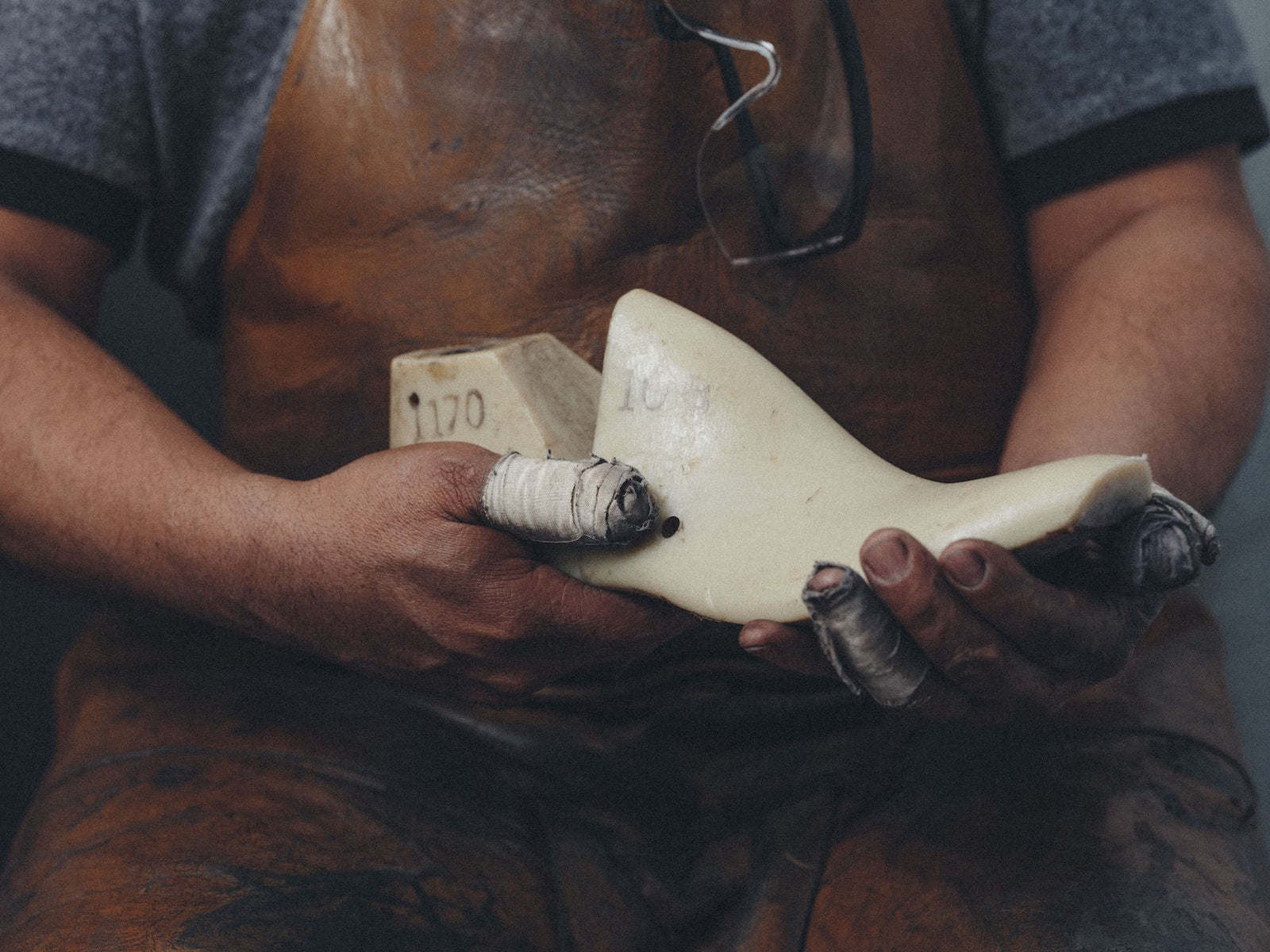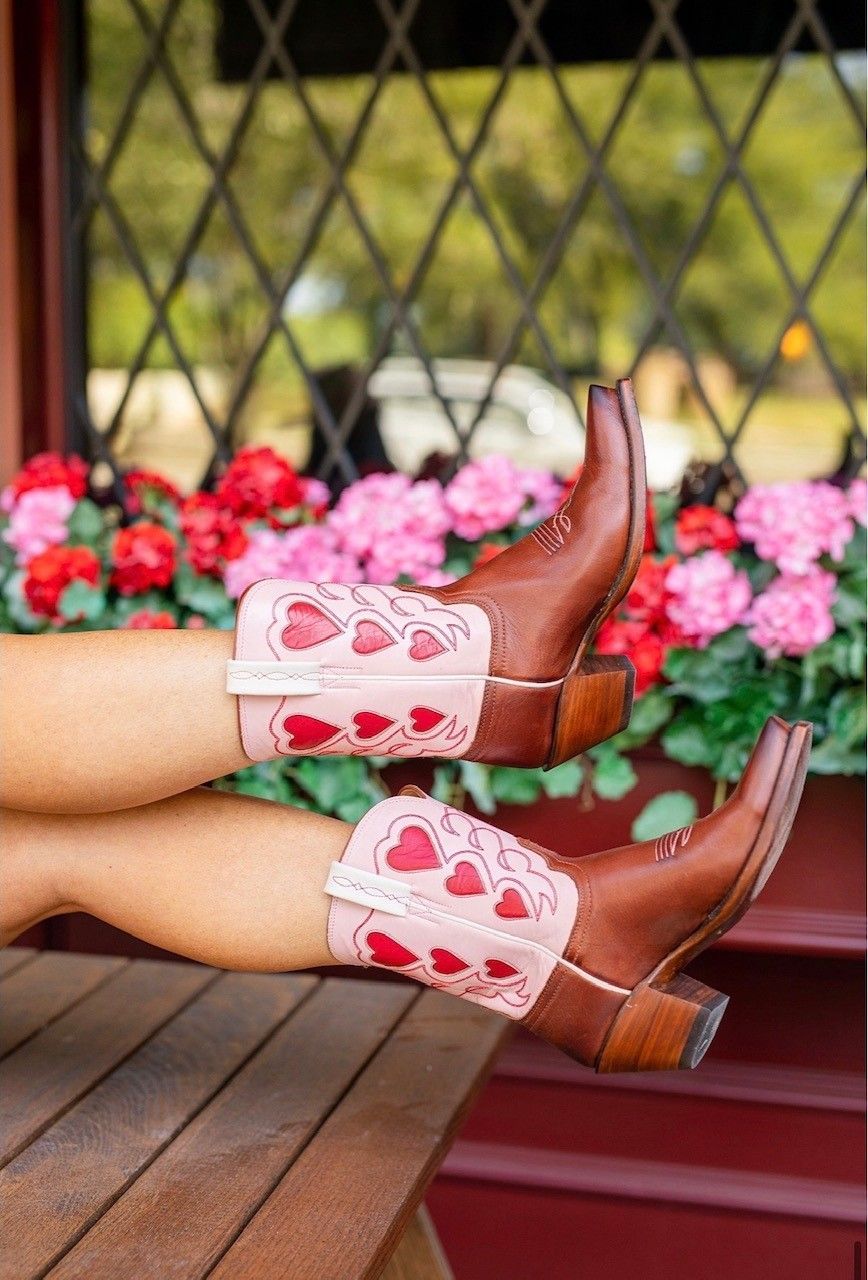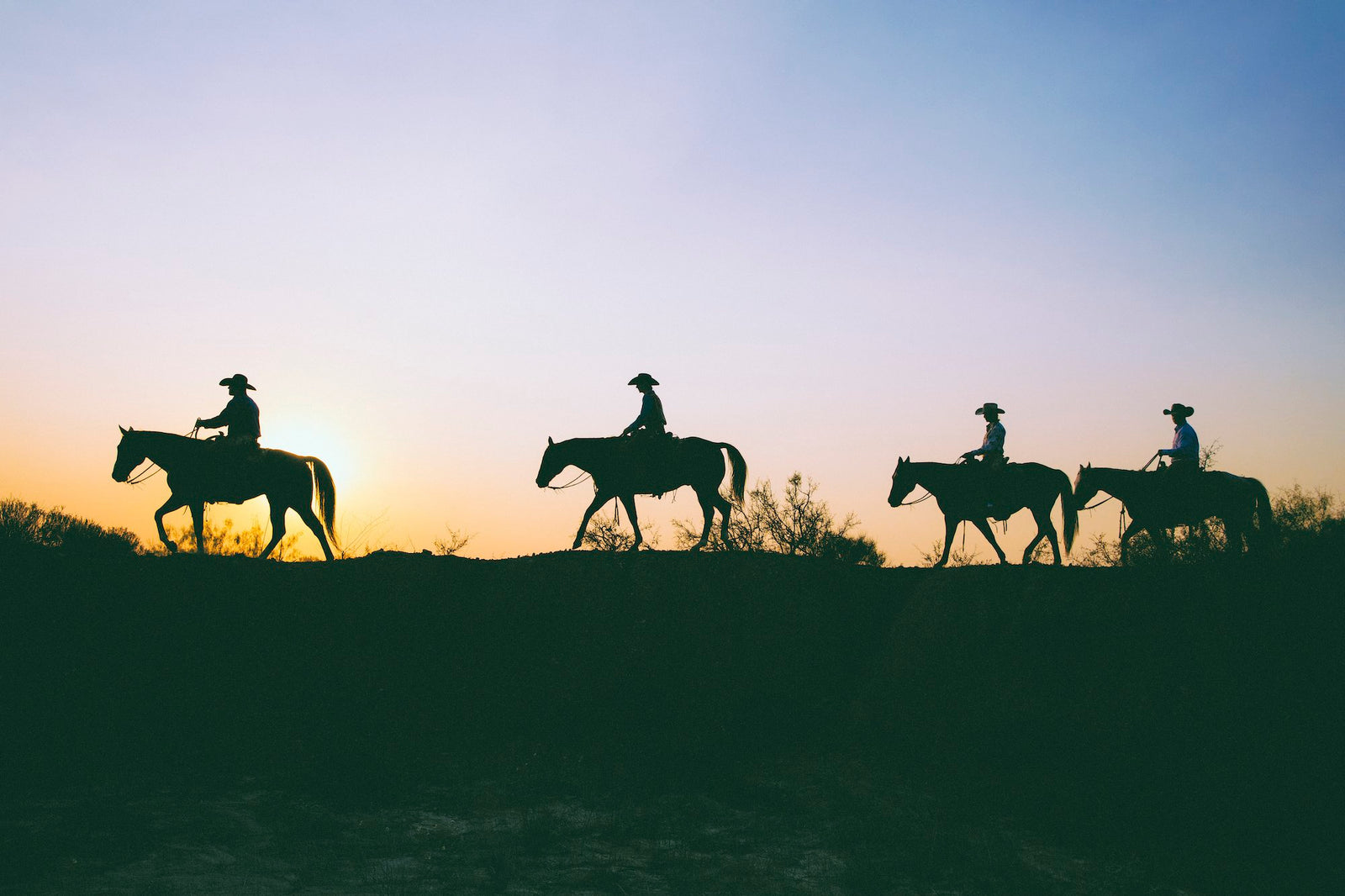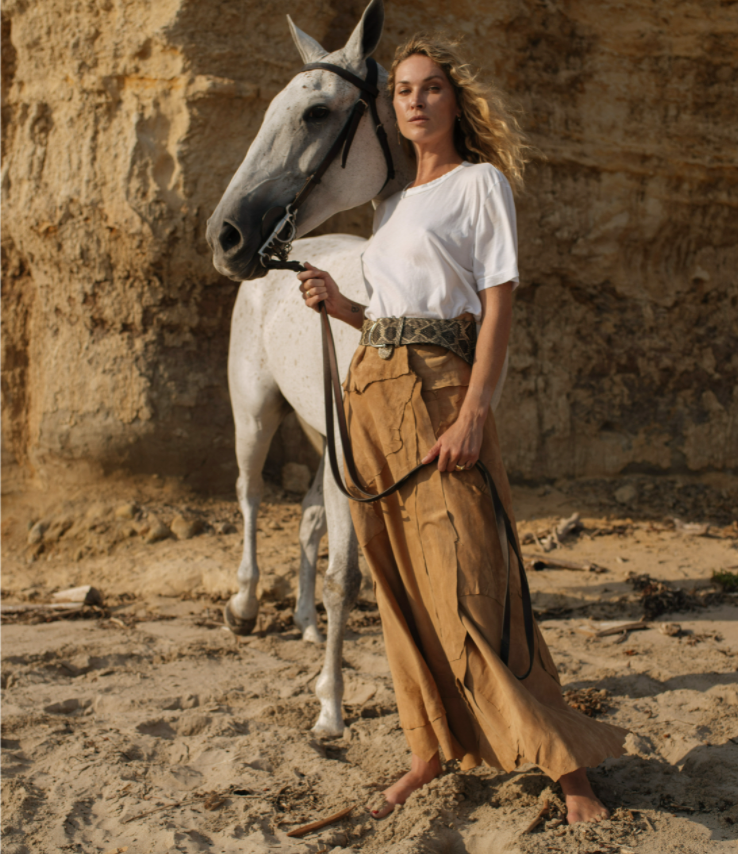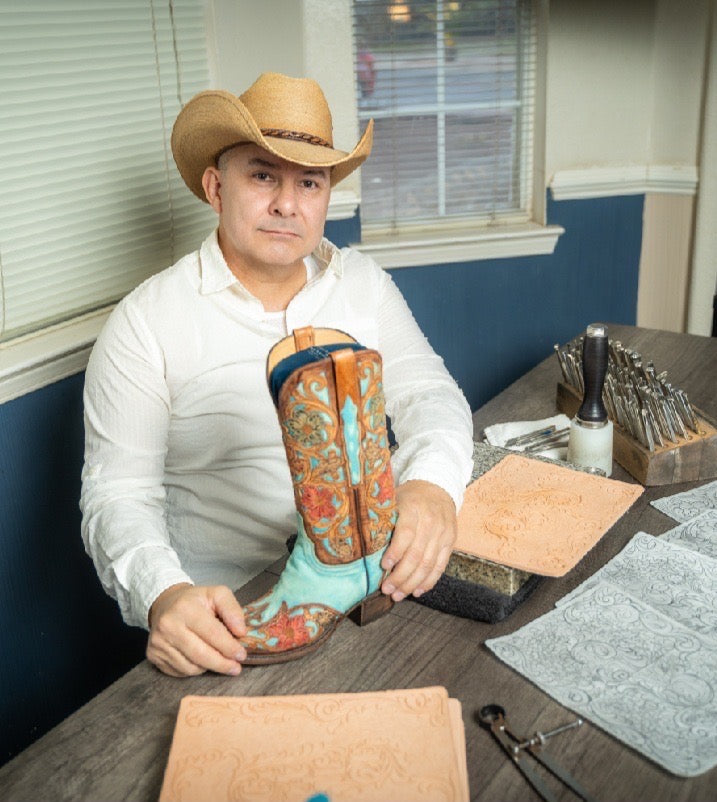JD McPherson and his band are a veritable force of nature on stage, each member pouring every ounce of his physical power into his instrument, be it the drums, saxophone, upright bass, electric guitar or organ. The 50s-influenced rock ‘n roll McPherson writes and performs (which Jimmy Sutton, who doubles as upright bass-player, produces) hangs upon an incendiary rhythm section — something that’s hardly found in modern music but sorely missed.
With slicked back hair and cuffed jeans, the entire group's look while performing is tied together by a subtle nod to rockabilly, but they aren’t a novelty act. McPherson’s music is modern, electrifying and could coax even the most reticent of audiences to groove to the beat. Perhaps it’s owing the McPherson’s circuitous path to rock 'n roll — which includes a background as a novice cattle rancher, an art school student and a punk rock vocalist — that allows him to create an amalgamation of sounds that are original, even if influenced by stallwarts like Buddy Holly, Little Richard and Sam Cooke.
We caught up with McPherson and Sutton while on tour in Texas about doing more than characterizing another era, art influencing style, and the five tracks McPherson's currently listening to.
Your personal background is so varied, it’s refreshing to see that someone doesn’t have to be pigeon holed into one subculture. For starters, as a kid you worked on a cattle ranch...
I would say we were "hardly working," but I grew up on a small ranch in southeast Oklahoma. My dad was career army and we kept cattle, registered and branded, that’s pretty much how i ended up going to school — them cows [laughs].
Which was art school. What kind of role does the time spent there play in your life now?
Art school still influences all of my interests. I studied experimental film and video installation, and honestly I don't think I would have made the record the way I did if I hadn’t gone that path. Not only in picking things part and analyzing, but even in the title — "Signs and Signifiers" comes from [Ferdinand de] Saussure and Roland Barthes and the philosophy of aesthetics that you study in contemporary art.
People use a lot of adjectives and qualifiers to describe your music, rock 'n roll, rhythm and blues, the 1950s, swing…
There are a lot of different things in the pot. The new record coming out this year is taking another step and a few more chances with the music and lyric writing. It’s a little less traditional than the first one [Signs and Signifiers], but everything you love about rock ‘n roll music is going to be in the second one too. That’s what we've always liked, and that's never going to stop being our starting point.
It appears even to be your starting point for your “look,” how’d you develop that?
Hmmm. Movies, rock history. The film Giant, Steve McQueen, Jacques Cousteau in the 30s. Like anybody else that’s into music, you get influenced by all sorts of stuff. When I was in school, a visiting artist from Chile said something to the extent of “Dress like someone that you admire for a year, and you'll start thinking and behaving like that person.” It makes a difference.
How do you work with these influences from such distinct eras to make sure they’re relatable to people listening today?
Everything is filtered a bunch of personal filters. We’re pretty megalomaniacal about everything from packaging and design to arranging. We want it to be as exciting as rock ‘n roll is, and not turn into a facsimile or a cartoon of something. A lot of the first stuff we got into was some punk rock from the 70s, and what I like about early rock 'n roll is that all of that energy is there — but has a little more swag to it.
Why is so much of that authentic “swag” is lost today in the mainstream music industry?
Well I don't know, but at some point somebody decided that swinging was a bad idea. A rhythm section, learning to swing, is sort of a lost art in modern rock ‘n roll. Which is such a weird idea because it’s this infectious thing for everybody.
Why are you passionate about bringing that feeling to your audience?
If every kid on the planet started listening to Larry Williams' music, I would would be happy. But we're just doing it because we like it, and we’re grateful that it’s catching on with some folks.
Tell us about your first album Signs and Signifiers. Did you record it all analog?
To an extent. A person is crazy not to take advantages of the affordances digital technology brings. There is a way to marry both things. Jimmy’s studio [Hi Style in Chicago] is visibly very analog, but at the heart of it all, it does take advantage of modern technology. I'm not a purist by any means, I'm more of pragmatist. Whatever it takes to get the thing you want done — that's progress!
Does recording in a mostly analog setting afford more vulnerability to the artist or performance?
Well the idea of recording a performance where you're singing a take, there’s going to be the evidence of the figurative hand in there, as opposed to cutting and pasting every syllable together. People don’t know that they're hearing that, but they do. [Analog recording] scratches an itch somehow.
As an artist who wants to push himself, how do you balance an urge to try new things versus alienating a former audience with experimentation?
There’s a point where you have to be bold and do what you want to do, but there's a middle ground there. At some point Dylan has to go electric. I'm a completely different person than I was two years ago. And we've played the songs from the first record hundreds of times, and those songs have even evolved from when we recorded them. You're listening to things, reading things, meeting new people, you buy a new guitar, and it all changes things. I'm really, really happy with the new stuff, and I think other people will be too.
You’ve cited everything from Jamaican rock steady to Wu-Tang and Buddy Holly as influences. Can you give us five tracks you have on repeat right now?
[Without so much as skipping a beat...]
"My Little Ruby" by Chan Ramero
"Wish Someone Would Care" by Irma Thomas
"Clamp Down" by The Clash
"Love Letters" by Teddy Lester
"City Lights" by Ray Price
Keep in touch with JD McPherson's tour schedule and releases online. In their portrait, McPherson wears Collins and Sutton wears Bannock.



